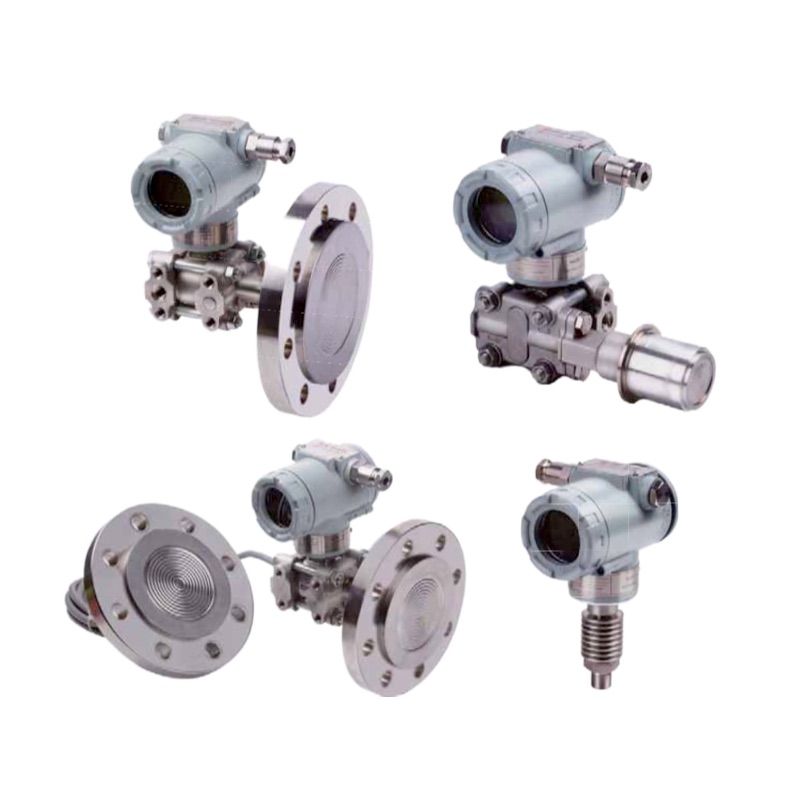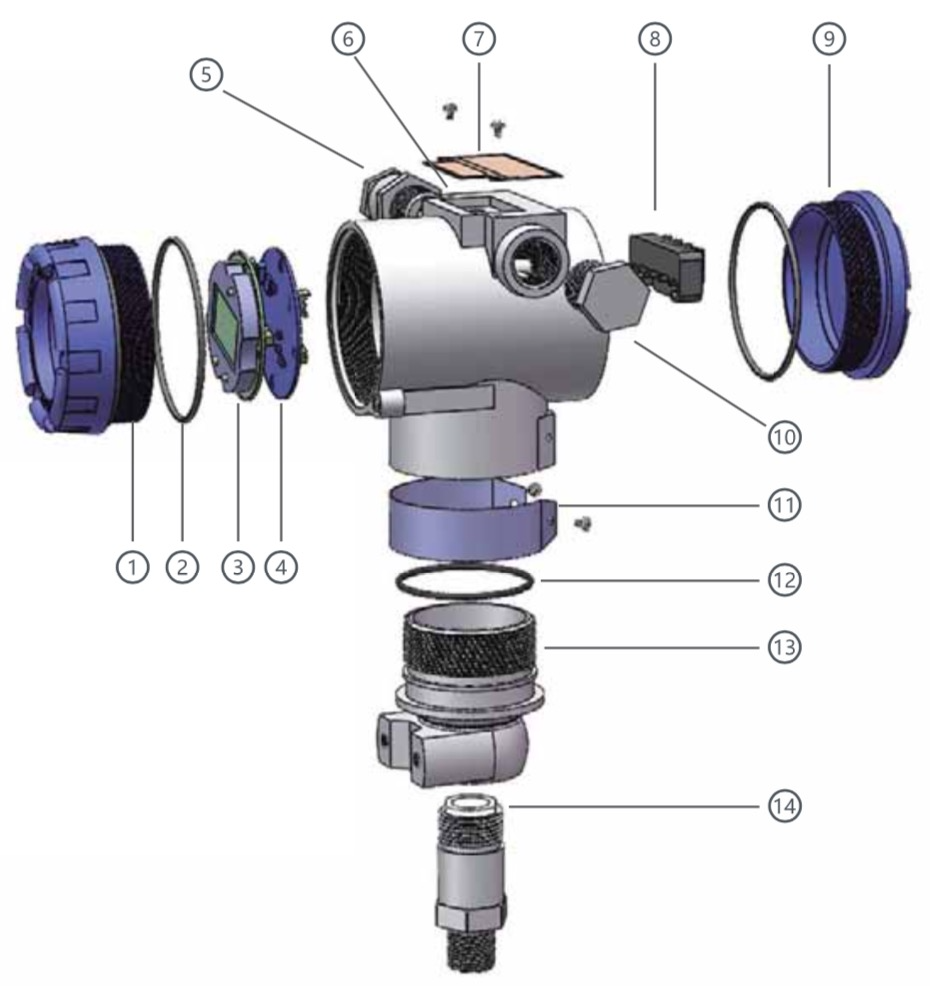Digital smart pressure transmitter is pressure sensor with a 12-bit or higher microprocessor. Smart pressure transmitters are high performance microprocessor-based transmitters with flexibility. Pressure calibration and output, automatic compensation.Smart pressure transmitter also called intelligent pressure transmitter.

What is the working principle of smart pressure transmitter?
The pressure of the medium to be measured is transmitted through the standard process connection, and then affects the internal pressure sensor element. Internal electronic components convert the original transmitter signal into filtered, amplified, temperature compensated and standardized signals, such as 4 … 20 mA signals. The output signal is sent to the next unit for signal processing through standardized connectors or cables.

How many types for Pressure Transmitters ?
Pressure transmitter types include gauge pressure, absolute pressure, and differential pressure. Gauge pressure refers to the pressure that is less than or greater than atmospheric pressure based on the atmosphere. Absolute pressure refers to the absolute zero pressure as the reference and is higher than the absolute pressure. Differential pressure refers to the difference between two pressures.
According to the working principle of the pressure transmitter, usually seperate following 4 types:
1.Strain Gauge Pressure Transducers
2.Capacitance Pressure Transducers
3.Potentiometric Pressure Transducers
4.Resonant Wire Pressure Transducers
What is the difference between the Diffusion Silicon type Pressure Transmitter and Capacitive type pressure transmitter ?
1.Diffusion Silicon type Pressure Transmitter measured medium directly acts on the diaphragm of the sensor (stainless steel or ceramic). Causing the diaphragm to generate a micro-displacement proportional to the pressure of the medium. The resistance value of the sensor changes. The electronic circuit detects this change and converts and outputs a standard measurement signal corresponding to this pressure.
2.Capacitive pressure transmitter is mainly composed of capacitance sensor and circuit board. The sensor implements pressure-capacitance conversion. The circuit board converts the capacitance to a two-wire 4-20mA. When the process pressure is applied to the isolation diaphragm from both sides (or one side) of the measuring chamber, it is transferred to the central diaphragm of the chamber through the silicone oil filling liquid. The central diaphragm is a diaphragm with tensioned edges. Under the action of pressure, a corresponding displacement is generated. This displacement creates a change in differential capacitance. And through the adjustment, oscillation and amplification of the electronic circuit board. Converted into 4-20mA signal output. The output current is directly proportional to the process pressure.




